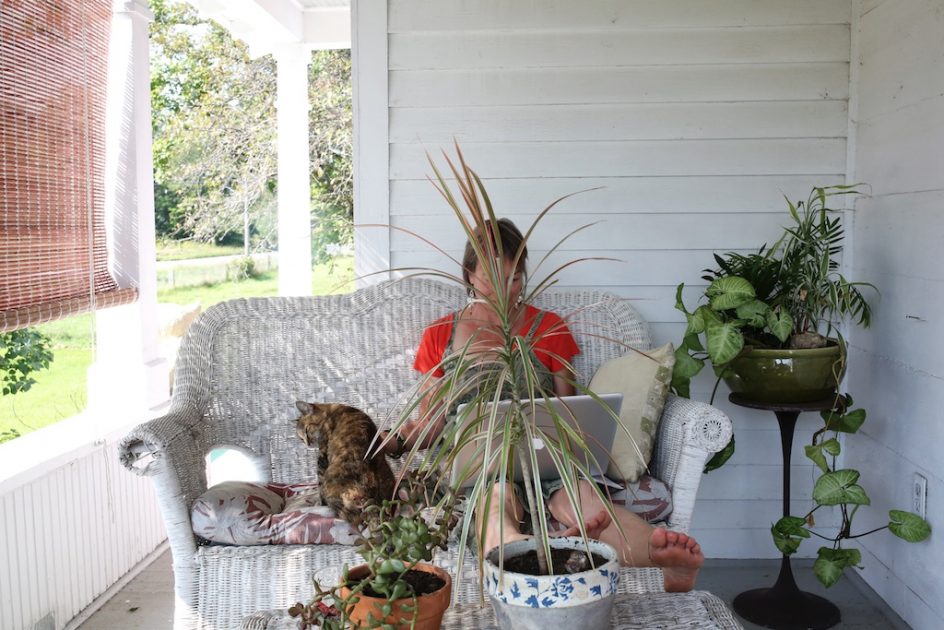
Maria and I have been together for about eight years in one way or another, and it is only recently that I have realized how our lives have become our art, how our art has transformed us.
Life is like that, you often are too close to it to see it.
When we met, Maria was struggling to become an artist, I was struggling emotionally and literally to remain a writer.
Maria was the first person in my world to encourage me to become a photographer, so many other people told me why I couldn’t do it. I was one of the first people in her life to tell her she could and should fulfill her desire to become an artist.
It was not a job, I told her, it was a destiny. She persuaded me that I was an artist already, it was not up to them, but to me.
In so encouraging one another, we found the pathway to love and began the re-construction of our own battered myths.
Today, I am understanding that I an artist as well as a writer, and she has become a writer as well as an artist. We have both unleashed something powerful and suppressed inside of us. We were both living substitute lives.
In a sense, the distinctions between the two are artificial, each one is also the other in many ways. Maria’s trip to India in February is clarifying to both of us that she has found her myth, her story, and she is accepting it and living it. In recent months, her writing has changed and deepened.
She no longer thinks about what she is going to write, she writes to discover what it is that she thinks. That is what writers do.
Today, another powerful and insightful piece on her blog – Living My Myth – about her hard work to find her story:
“Jung wrote that the way to discover your myth,” she wrote, “to discern your true identity is to observe your dreams, observe your conscious choices, keep a journal, see which images and stories surface and resonate and speak to you. Look at stories and symbols and see which reflect your heart and soul.”
This is what she has done, this is how she found her story and herself. The passage to India is much more than a trip, it is an evocation, a call.
Prestige, insecurity, social status, self-degradation, lament and complaint, anger and resentment, voicelessness, dis-empowerment – all these began to disappear, and in both of us as we began to find our true selves. If these traits and emotions can never be completely vanquished, they can be understood and contained. They need not dominate us and our lives. They need not define our story.
They can be put in their place.
First, writes Joseph Campbell, you must find in yourself that which moves you. It must move you on the level of being an ordinary human being, not a God, and it should move you in a way that is appropriate to your stage of life. You must learn to know what the archetype of your stage in life is and live it.
Freud wrote often of his surprise at seeing forty-and-fifty-year old “infants” weeping on the analyst’s couch (I know, I was one of them). They all, he wrote, lacked the confidence in their judgements and were always looking outside of themselves for approval and direction.
It is, I believe, painful and difficult to find our stories all by ourselves. It is not always enough to look in the mirror and yearn for something else, or speak poorly of our lives. Encouragement has saved my soul, and I believe it saved Maria’s, and it came from many places, including from some of the people reading these words.
Encouragement is the currency both of love and friendship.
This is, I think, the story of self-discovery. James Joyce called the unfulfilled life esthetic arrest.
All around us there is talk of revolution, someone is always seeking a revolution. But revolution doesn’t really have anything to do with breaking something down or tearing it apart.
It has to do with bringing something forth. The true revolutionary finds the zeal in him or her self and brings it out. There is nothing more revolutionary that that.
That is all we have, all that is given to us: one life to live. God said in the Kabbalah that the only true sin is to not live it.
